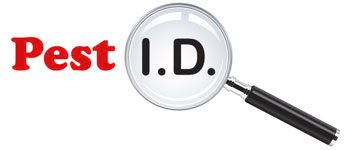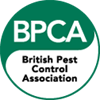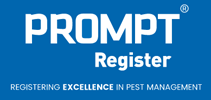Flea infestations are a common nuisance that can affect both pets and homes, causing discomfort and potential health risks. Understanding the facts, risks, and prevention measures is crucial for maintaining a healthy and pest-free environment for your family and furry friends.
Flea Facts
Fleas are tiny, wingless insects that feed on the blood of mammals and birds. The most common flea species affecting homes and pets is the cat flea (Ctenocephalides felis). Fleas have a remarkable jumping ability, allowing them to move easily between hosts and infest various environments.
These pests reproduce rapidly, with female fleas laying hundreds of eggs in their lifetime. The eggs hatch into larvae, pupae, and eventually adult fleas, creating a cycle that can be challenging to break. Fleas thrive in warm and humid conditions, making them particularly problematic in certain seasons.
Risks Associated with Flea Infestations
Flea infestations pose various risks to both pets and humans. Pets can suffer from allergic reactions to flea bites, leading to excessive scratching, skin irritation, and even hair loss. In severe cases, flea infestations can cause anaemia, especially in young or small animals.
Humans are not immune to the impacts of fleas. Flea bites can cause red, itchy welts, and in some cases, may trigger allergic reactions. Fleas can also transmit diseases, such as murine typhus and cat scratch fever, adding an extra layer of concern for households with pets.
Preventing Flea Infestations
Preventing flea infestations is key to ensuring the well-being of your pets and maintaining a healthy home environment. Here are some effective prevention measures:
Regular Pet Care:
Ensure regular grooming and bathing for your pets. Use flea combs to check for any signs of fleas or flea dirt (faeces).
Veterinary Care:
Consult with your veterinarian for appropriate flea prevention products, such as spot-on treatments or oral medications.
Keep your pets up-to-date on vaccinations to reduce the risk of diseases transmitted by fleas.
Household Maintenance:
Vacuum your home regularly, paying attention to carpets, rugs, and upholstery. Wash blankets, pet bedding and any other fabrics frequently – use a 60 degree setting as this will kill off any flea adults, eggs and larvae.
Use flea control products, such as sprays or foggers, in and around your home, following safety guidelines.
Garden Maintenance:
If you have a front or rear garden, keep them tidy by mowing the lawn and removing debris where fleas might thrive.
Environmental Awareness:
Be cautious when introducing new pets to your household, ensuring they are free of fleas. Be aware of potential flea sources, such as wildlife or stray animals, and take preventive measures accordingly.
Summary
Flea infestations can be a persistent challenge, but with proactive measures and consistent care, you can significantly reduce the risks for your pets and family. By staying informed about flea facts and adopting preventive strategies, you can create a comfortable and healthy living environment for everyone in your home.









